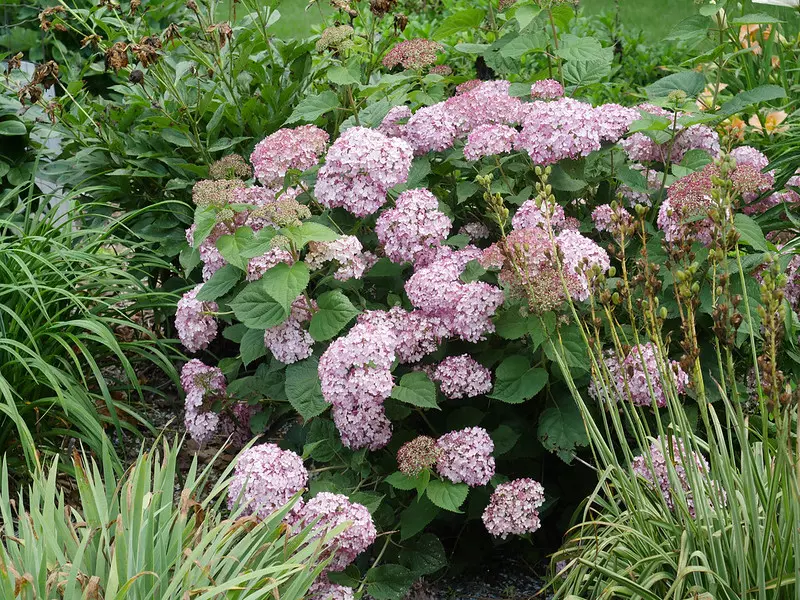
What to plant with hydrangeas - Companion Planting
Discover what to plant with hydrangeas to create a thriving and visually stunning garden. Learn about the best companion plants and their benefits.
Read MorePollinators, including bees, butterflies, and other insects, play a crucial role in the reproduction of flowering plants. They facilitate the transfer of pollen, leading to the production of fruits, seeds, and the continuation of plant species. However, due to habitat loss, pesticide use, and climate change, pollinator populations are declining. Establishing pollinator-friendly gardens is a proactive step towards supporting these essential creatures and maintaining ecological balance.
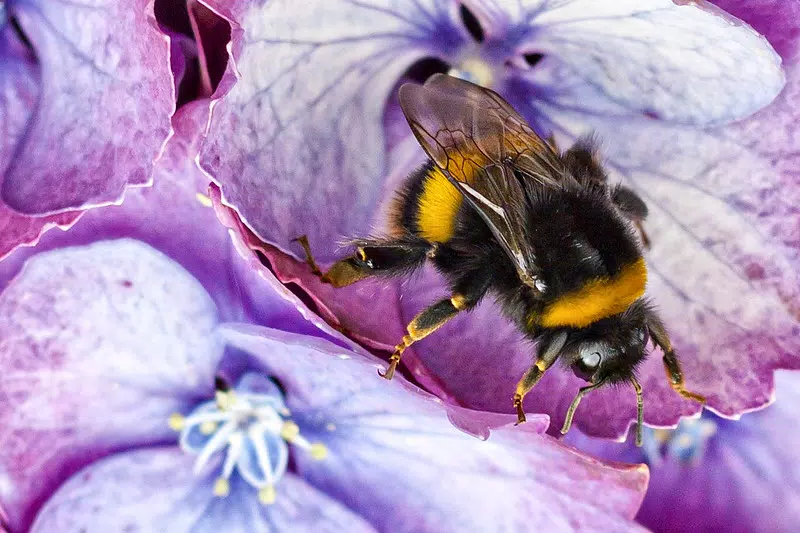
Pollinators are vital for several reasons:
Several factors threaten pollinator populations:
Creating gardens that support pollinators offers numerous advantages:
To establish a garden that attracts and supports pollinators:
Pollinator-friendly gardens are more than just beautiful landscapes; they are vital sanctuaries that support the creatures essential for our food systems and natural environments. By understanding their importance and implementing thoughtful gardening practices, we can contribute to the preservation and flourishing of pollinator populations.
Hydrangeas are cherished for their lush blooms and vibrant colours, making them a staple in many gardens. Beyond their aesthetic appeal, certain hydrangea varieties play a significant role in supporting pollinators such as bees, butterflies, and hummingbirds. Understanding which types of hydrangeas are most beneficial can help gardeners create environments that promote biodiversity and ecological health.
Hydrangea flowers are composed of two types:
The balance between fertile and sterile flowers varies among hydrangea species, influencing their attractiveness to pollinators.
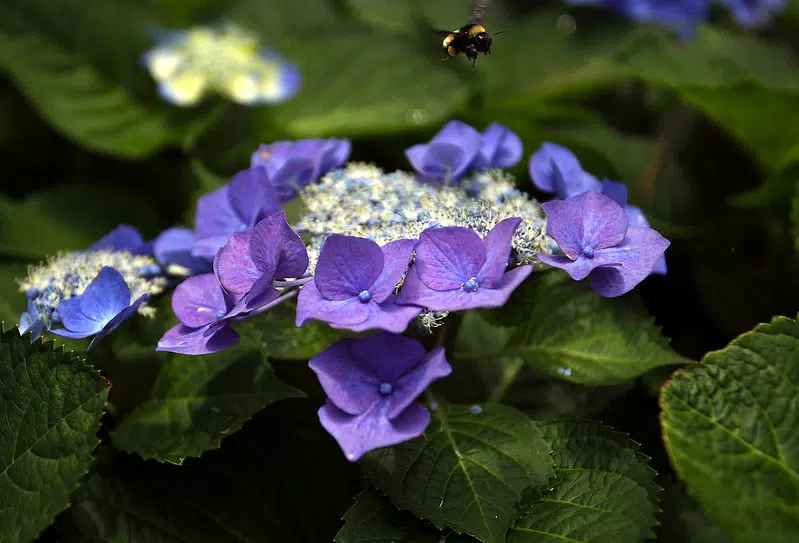
Not all hydrangeas offer the same value to pollinators. The following varieties are particularly supportive:
Several elements affect a hydrangea's ability to attract pollinators:
To maximise the benefits of hydrangeas for pollinators:
Hydrangeas can be more than ornamental additions to gardens; they can serve as vital resources for pollinators. By selecting suitable varieties and providing proper care, gardeners can contribute to the health and diversity of pollinator populations, fostering a more balanced and thriving ecosystem.
Hydrangeas are renowned for their lush blooms and vibrant colours, making them a favourite among gardeners. Beyond their aesthetic appeal, certain hydrangea varieties play a pivotal role in supporting pollinators such as bees, butterflies, and hummingbirds. Incorporating these varieties into your garden can enhance biodiversity and promote a healthier ecosystem.
Hydrangea flowers are composed of two types:
The balance between fertile and sterile flowers varies among hydrangea species, influencing their attractiveness to pollinators.
Not all hydrangeas offer the same value to pollinators. The following varieties are particularly supportive:
Several elements affect a hydrangea's ability to attract pollinators:
To maximise the benefits of hydrangeas for pollinators:
Hydrangeas can be more than ornamental additions to gardens; they can serve as vital resources for pollinators. By selecting suitable varieties and providing proper care, gardeners can contribute to the health and diversity of pollinator populations, fostering a more balanced and thriving ecosystem.
Choose a location that offers partial shade, as hydrangeas thrive in environments with morning sun and afternoon shade. This balance protects them from intense midday heat while providing sufficient light for growth.
Hydrangeas prefer moist, well-draining soil rich in organic matter. Incorporate compost or well-rotted manure into the planting area to enhance soil fertility and structure.
The ideal times to plant hydrangeas are in spring or autumn when temperatures are mild. This timing allows the plants to establish roots before the stress of summer heat or winter cold.
Consistent moisture is vital for hydrangeas, especially during dry periods. Water deeply at least once a week, ensuring the soil remains consistently moist but not waterlogged. Mulching around the base of the plants helps retain soil moisture and regulate temperature.
Apply a balanced, slow-release fertiliser in early spring to support healthy growth and abundant blooms. Avoid over-fertilisation, as excessive nutrients can lead to lush foliage at the expense of flowers.
Pruning practices vary depending on the hydrangea variety:
Proper pruning promotes healthy plants and maximises their attractiveness to pollinators.
Maintaining plant health reduces susceptibility to pests and diseases. Regularly inspect hydrangeas for signs of issues such as aphids, powdery mildew, or leaf spots. Implement integrated pest management strategies, favouring natural predators and organic treatments to minimise harm to pollinators.
To maximise the benefits of hydrangeas for pollinators, consider the following strategies:
Caring for hydrangeas in pollinator gardens involves thoughtful planting, proper maintenance, and a commitment to creating a welcoming environment for beneficial insects. By selecting suitable varieties, ensuring consistent care, and integrating pollinator-friendly practices, gardeners can contribute to the health and diversity of local ecosystems. Hydrangeas, with their stunning blooms and ecological value, can transform any garden into a thriving sanctuary for pollinators.
Pollinators such as bees and butterflies rely on consistent food sources throughout the growing season. Understanding hydrangea bloom cycles can help gardeners plan a garden that provides continuous support for these vital creatures.
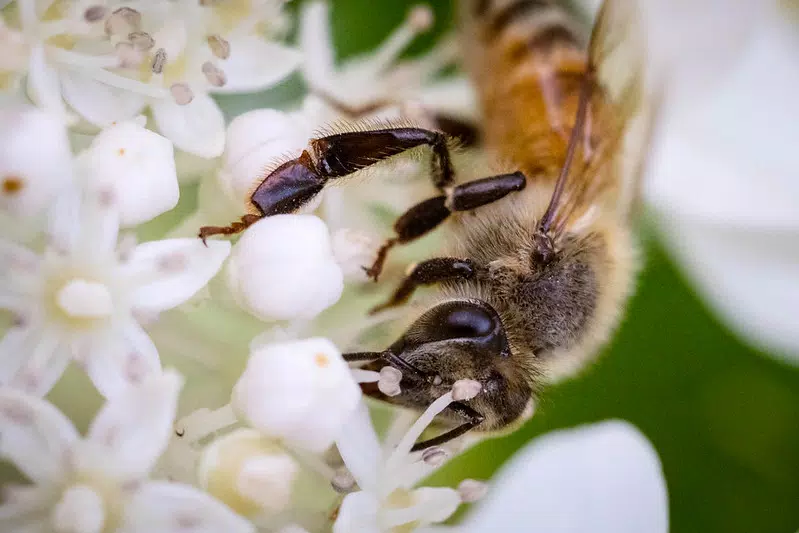
Different hydrangea species bloom at various times:
To ensure continuous food sources, plant multiple hydrangea varieties that bloom at different times. Pair these with companion plants that fill in gaps between hydrangea bloom periods.
Proper fertilisation and pruning practices can extend the blooming period. Use a slow-release fertiliser in early spring and prune hydrangeas according to their specific growth habits to encourage reblooming.
By understanding hydrangea bloom cycles and incorporating complementary plants, gardeners can create a thriving ecosystem that supports pollinators throughout the growing season. This thoughtful approach benefits both your garden and the environment.
While hydrangeas are relatively low-maintenance, they are occasionally affected by pests. Managing these pests safely is essential to protect both your plants and pollinators such as bees and butterflies.
Use pollinator-safe methods to control pests:
Managing pests on hydrangeas can be done effectively and safely without endangering pollinators. By adopting organic practices and encouraging natural pest predators, you can maintain a healthy, pollinator-friendly garden.
Hydrangeas are beloved for their lush blooms and vibrant colours, making them a staple in many gardens. To enhance their beauty and create a haven for pollinators like bees and butterflies, pairing hydrangeas with complementary flowers is essential. This article explores the best companion plants to cultivate alongside hydrangeas to foster a thriving, pollinator-friendly environment.
Companion planting involves strategically placing different plant species together to benefit each other. In the context of hydrangeas, selecting companion flowers that attract pollinators can enhance biodiversity and promote a healthier garden ecosystem.
When choosing companion plants for hydrangeas, consider flowers that thrive in similar growing conditions and appeal to pollinators. Here are some top picks:
To maximise the benefits of companion planting with hydrangeas:
Pairing hydrangeas with the right companion flowers not only enhances the visual appeal of your garden but also supports a diverse and healthy pollinator population. By thoughtfully selecting plants that thrive alongside hydrangeas and attract beneficial insects, you can create a vibrant, pollinator-friendly garden that flourishes throughout the seasons.
Hydrangeas are stunning additions to any garden, and they can also serve as vital resources for pollinators like bees and butterflies. Creating a pollinator-friendly hydrangea garden involves thoughtful planning and practical steps to ensure it becomes a haven for these essential creatures.
Not all hydrangeas are equally attractive to pollinators. Selecting varieties that produce fertile flowers is key:
Pollinators are attracted to gardens with a variety of plants. Incorporate a mix of native flowers, herbs, and shrubs that bloom at different times of the year. This ensures a continuous food source and supports biodiversity.
Pollinators need more than just flowers:
Chemical pesticides can harm pollinators. Opt for organic gardening practices and use natural pest control methods, such as companion planting and encouraging beneficial insects.
By selecting pollinator-friendly hydrangea varieties, creating a diverse garden, and providing essential resources like shelter and water, you can attract bees and butterflies to your garden. These steps not only support biodiversity but also enhance the beauty and vibrancy of your outdoor space.
Hydrangeas not only beautify gardens but also play a significant role in supporting pollinators. By selecting suitable varieties and caring for them properly, you can create a vibrant, pollinator-friendly garden that benefits the environment and enhances biodiversity.

Discover what to plant with hydrangeas to create a thriving and visually stunning garden. Learn about the best companion plants and their benefits.
Read More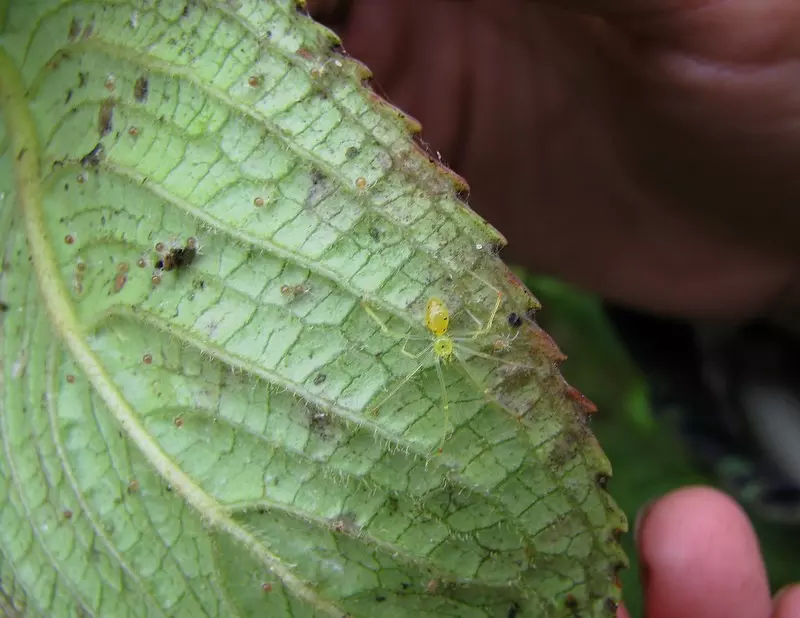
Explore natural and eco-friendly methods to protect hydrangeas from pests and diseases. Learn bee-safe strategies to maintain healthy plants.
Read More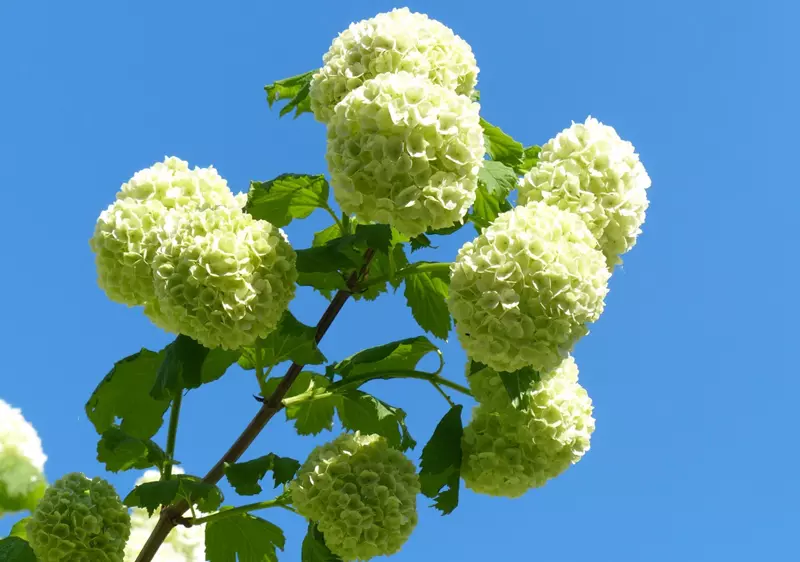
Learn about sun-tolerant hydrangea varieties and their care. Explore options like Hydrangea paniculata, quercifolia, and arborescens for bright, sunny gardens.
Read More